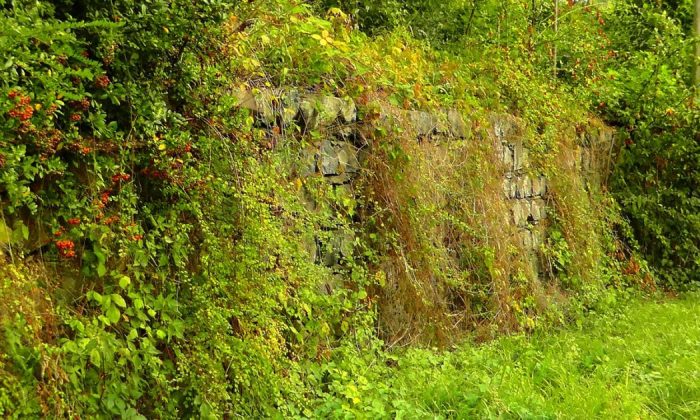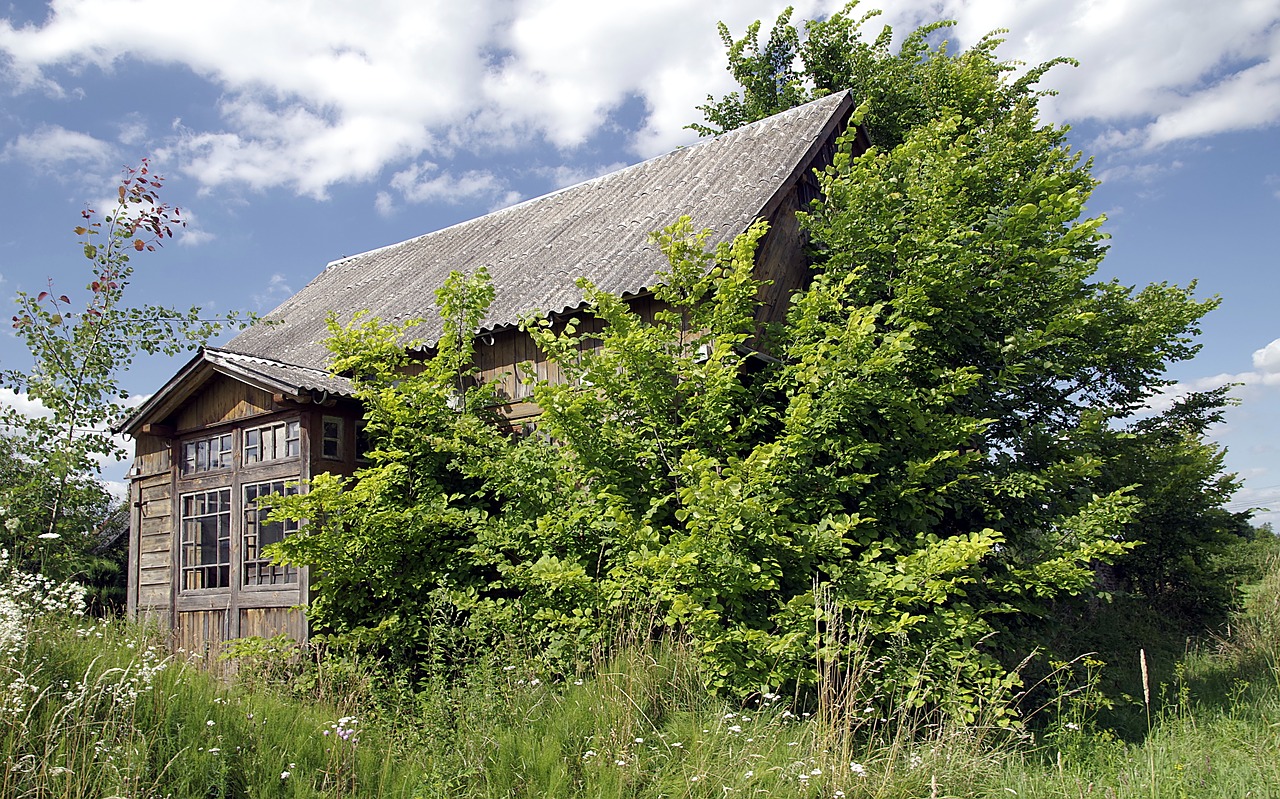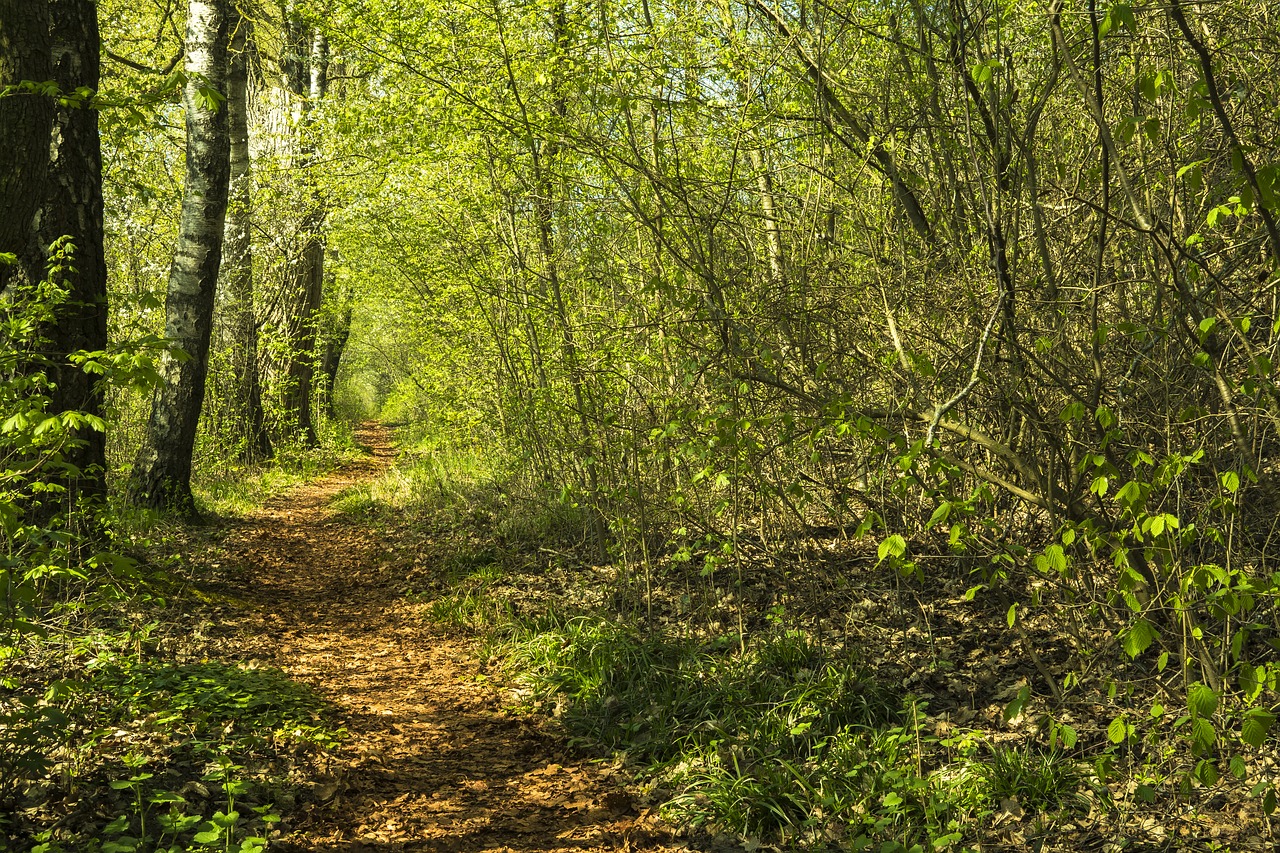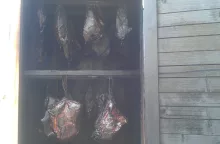Wild scrubs and bushes are taking over uncultivated spaces

Open and uncultivated areas around the world are slowly being taken over by various types of scrubs and wild bushes. This is actually a new danger and scientists are not sure how to deal with this phenomenon. The problem is global and it directly affects the entire planet, even sparsely populated regions. “The overgrowth of scrubs and bushes is related to the decrease or increase of over farming” says Miloslav Jirků, of the Biological Centre of the Academy of Sciences of the Czech Republic.
Huge increase in bush and scrub growth
There are many satellite images taken over an extended period of time and the results and analyses are very interesting. These pictures show that during the 1980s, the tree cover in East African savannahs and in the arctic tundra has increased by up to 30%. But the “tree cover” was predominantly made of bushes.
“It may not seem like much, but given the speed of the process, this is a major change in biomes existing in the relevant natural habitats where specific fauna and flora coexist. When the cover is too dense, it becomes uninhabitable for certain species. We do not refer to the expansion of forests. Shrubs mainly develop in areas that are not wet. On a long-term scale, trees lag behind bushes in dry areas. This creates shrubby areas of vegetation,” adds Miloslav Jirků.
Photo: Pixabay
What is behind this trend?
Experts are not certain. “One factor that may be to blame, is the extermination of large mammals by humans. Large animals such as elephants and rhinoceroses have basically disappeared, except for sub-Saharan Africa and South Asia,” continues Miloslav Jirků. There are virtually no herbivores in smaller areas and it has been like that for long time now. The expansion of bushes is a problem of the last few decades though.
Negative effects of human activities on the environment
“The unpopular climate change is probably a big problem. The most fundamental problem is the increase in carbon dioxide concentration due to a massive burning of fossil fuels over the last two centuries. Not only does carbon dioxide support climate change, it also stimulates the growth of woody plants as these can handle higher concentrations of carbon dioxide better than grasses, which compete with woody plants in open habitats and restrict the spread of woody plants. High concentrations of carbon in the atmosphere and continuous fallout of nitrogenous substances, which also get into the atmosphere through the burning of fossil fuels, including fuel burning vehicles, act as artificial fertilizers that fall from the air,” says Miloslav Jirků.
Less fires
This fact may also be behind the overgrowth of bushes. Man has been burning vegetation to get land for many years and the climate change indirectly extended the growing season. Shrubs are also more resistant to prolonged droughts.
Is that such bad news for the nature?
Unfortunately, it is.
“Among the most threatened types of natural environments today, perhaps surprisingly, are not tropical forests, but various types of steppes, savannas and open forests living in the mild climate zone. In the past, man transformed most of these area into fields and the last remnants are now threatened by overgrowth due to industrial emissions of atmospheric carbon and nitrogen,” says Dalibor Dostál, the Director of the Conservation and Environmental Protection Association.
Photo: Pixabay
A big challenge for the protection of natural environment
“We need to monitor this trend even in the most strictly protected no-interference areas and if an unacceptable spread of shrubs occurs, we may have to intervene. Changes that occur in the atmosphere are invisible but play a major role in the overall picture and their impact is seen in areas that are virtually left alone. We need to help open lands to maintain the right balance otherwise, we may lose them completely,” explains Dalibor Dostál and continues: “Open landscapes are becoming more and more endangered and we must preserve these last islands if possible.”
Drying problem
The situation is more critical in areas that dry out easily, including locations in Central Europe. Extensive growth of bushes changes the delicate water balance of the landscape. Shrubs use up all the water leaving almost nothing for other plants. These areas may look green at first glance, but they are drying out and when herbaceous layer disappears, so do the herbivores and their predators.
“The only sector in Europe that deals with the over expansion of bushes is the field that focuses on the remains of open biotopes. However, the situation is different in regions dependent on animal production because this type of production requires huge areas that cannot be cultivated. Overspread bushes have been a problem for several decades, mainly in dry areas of America, Africa, Australia, Asia, but also in southern Europe. Despite great efforts, no one has come up with an effective method that could help to combat overgrowth of shrubs and bushes. These problems have already caused economic loses,” concludes Miloslav Jirků.
Source: http://zpravodajstvi.ecn.cz
Preview photo: Pixabay

Gardening is my hobby, I have a lot of experience and I am happy to share it.










0 comments